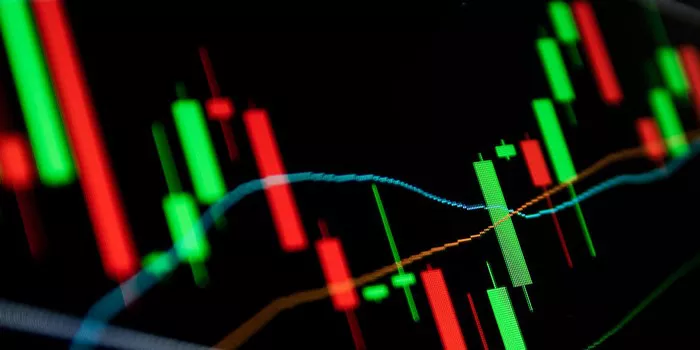In the world of financial markets, futures trading stands as a dynamic and multifaceted practice that offers investors and traders the ability to speculate on price movements of various assets.
Understanding Futures Trading
Futures trading is a form of investment where participants enter into a contractual agreement to buy or sell a specific asset, commonly referred to as the underlying asset, at a predetermined price on a specified future date. This agreement is known as a futures contract. The key distinction between futures trading and other forms of trading lies in the obligation to fulfill the contract on the agreed-upon date, regardless of the prevailing market price.
Mechanics of Futures Trading
At its core, futures trading involves two primary roles: the buyer (long position) and the seller (short position) of the futures contract. When a trader takes a long position, they commit to buying the underlying asset at a future date. Conversely, a trader taking a short position agrees to sell the asset. This ability to profit from both rising and falling markets is one of the key advantages of futures trading.
Role of Exchanges and Clearinghouses
Futures contracts are traded on specialized platforms known as futures exchanges. These exchanges facilitate the buying and selling of contracts, ensuring transparency and standardized trading rules. Additionally, clearinghouses play a vital role by acting as intermediaries between the buyer and seller. They guarantee the fulfillment of contracts and manage the risk associated with default.
Leverage and Margin in Futures Trading
One of the notable features of futures trading is the concept of leverage. Leverage allows traders to control a larger position with a smaller amount of capital. To initiate a futures trade, traders are required to deposit an initial margin, which is a fraction of the contract’s total value. While leverage can amplify potential profits, it also increases the exposure to potential losses, making risk management a crucial aspect of futures trading.
Market Participants in Futures Trading
Futures trading attracts a diverse range of participants, each with distinct objectives and strategies. Hedgers, such as producers and consumers of commodities, use futures contracts to manage the risk of price fluctuations. Speculators, on the other hand, aim to profit from price movements without a direct interest in the underlying asset. Market makers play a vital role in providing liquidity by facilitating trades and narrowing bid-ask spreads.
Strategies for Successful Futures Trading
Successful futures trading requires a well-defined strategy tailored to your risk tolerance, investment goals, and market outlook. Some popular strategies include day trading, swing trading, trend following, and spread trading. Technical analysis, which involves studying price charts and patterns, and fundamental analysis, which examines supply-demand factors, are essential tools for making informed trading decisions.
Risk Management in Futures Trading
Effective risk management is paramount in futures trading due to the potential for substantial gains and losses. Traders should determine their risk tolerance, set stop-loss orders to limit potential losses, and avoid over-leveraging. Diversifying trading positions, using appropriate position sizing, and adhering to a disciplined trading plan contribute to prudent risk management.
Factors Influencing Futures Prices
Numerous factors impact futures prices across various asset classes. Economic indicators, geopolitical events, weather conditions, supply-demand dynamics, and central bank policies are among the key drivers. Staying informed about these factors and their potential impact on markets is crucial for making sound trading decisions.
Benefits of Futures Trading
Futures trading offers several compelling benefits:
1. Diversification: Futures trading allows participants to diversify their portfolios by gaining exposure to various asset classes, including commodities, currencies, and financial instruments.
2. Hedging: Hedgers can use futures contracts to mitigate the risk of adverse price movements in their core business activities.
3. Liquidity: Futures markets are highly liquid, enabling traders to enter and exit positions with ease.
4. Leverage: Leverage offers the potential for amplified returns, allowing traders to control larger positions with a smaller amount of capital.
5. Short Selling: Futures trading enables traders to profit from falling markets by taking short positions.
Conclusion
Futures trading represents a dynamic and versatile avenue for investors and traders to engage with financial markets. By understanding its mechanics, risks, and potential rewards, individuals can navigate this complex landscape with confidence and strategy. While futures trading offers unique opportunities, it requires dedication, continuous learning, and disciplined risk management. Whether used for speculation or risk management, futures trading has the potential to play a valuable role in diversified investment portfolios. As with any form of trading, it is essential to conduct thorough research, seek guidance from experienced professionals, and approach futures trading with a well-informed and cautious perspective.


